Alpine Anomalies: How Summer Storms Are Rewriting Switzerland's Weather Story
Unravel Switzerland's puzzling summer of snow & floods. Discover what's behind the intense Alpine storms, from saturated soils to shifting weather patterns. Stay informed.
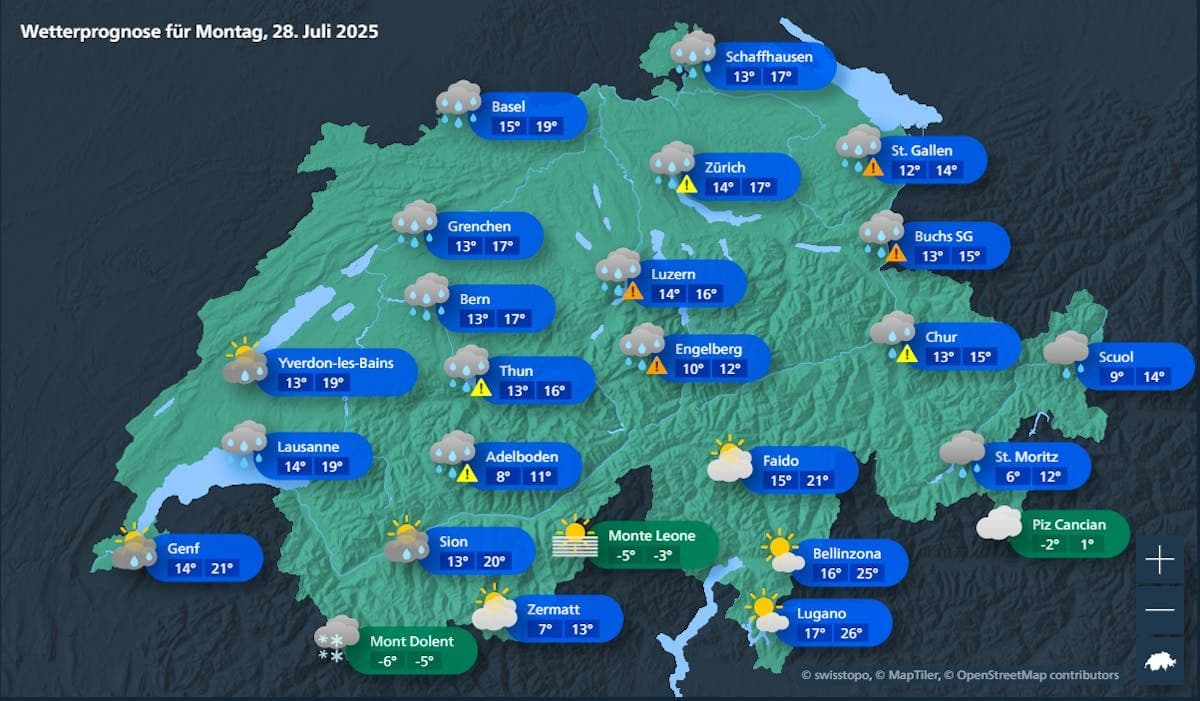
The Summer That Wasn't: A Nation Under Rain and Snow
Switzerland, a nation synonymous with pristine alpine beauty and sun-drenched summer activities, has found itself grappling with a perplexing contradiction this season. Instead of the expected warmth and clear skies, a persistent deluge of rain, punctuated by unseasonably cool temperatures and even summer snowfall, has redefined the Swiss summer experience. What started as a 'Level 3' weather warning for heavy rain and thunderstorms across eastern Switzerland, central regions, and the , swiftly escalated to a 'Level 4' alert from the . This isn't just a damp spell; it's a fundamental shift, transforming plans for lakeside swims and mountain hikes into a necessity for rain jackets and umbrellas. With expected rainfall between 120 and 170 mm, and the snow line plummeting from 3000 to an astonishing 2000 meters, even reaching 2700 meters with up to 50 cm of fresh snow by Monday, the 'Unwetter' has firmly taken hold, forcing a widespread reevaluation of what a Swiss summer truly entails.
Unseen Dangers: The Silent Threat of Saturated Ground and Flash Floods
Beyond the immediate discomfort of a washed-out summer, the relentless precipitation poses a far more insidious threat to Switzerland's rugged landscape. The sheer volume of rain over recent days has left many soils completely saturated, turning seemingly stable ground into a ticking time bomb. This saturation significantly amplifies the risk of sudden, destructive events. We're talking about flash floods in mountain streams, the sudden breaking of branches, and even the uprooting of trees. Crucially, the danger of mudslides, or '', becomes extremely high in such conditions. These powerful torrents of mud and debris can appear without warning, carrying immense destructive potential. Authorities are urgently advising people to steer clear of riverbanks, lake shores, and, most critically, steep slopes and mountain stream beds. Recent mudslides in areas like and on the serve as stark reminders of how quickly these unseen dangers can materialize, turning picturesque landscapes into zones of serious peril.
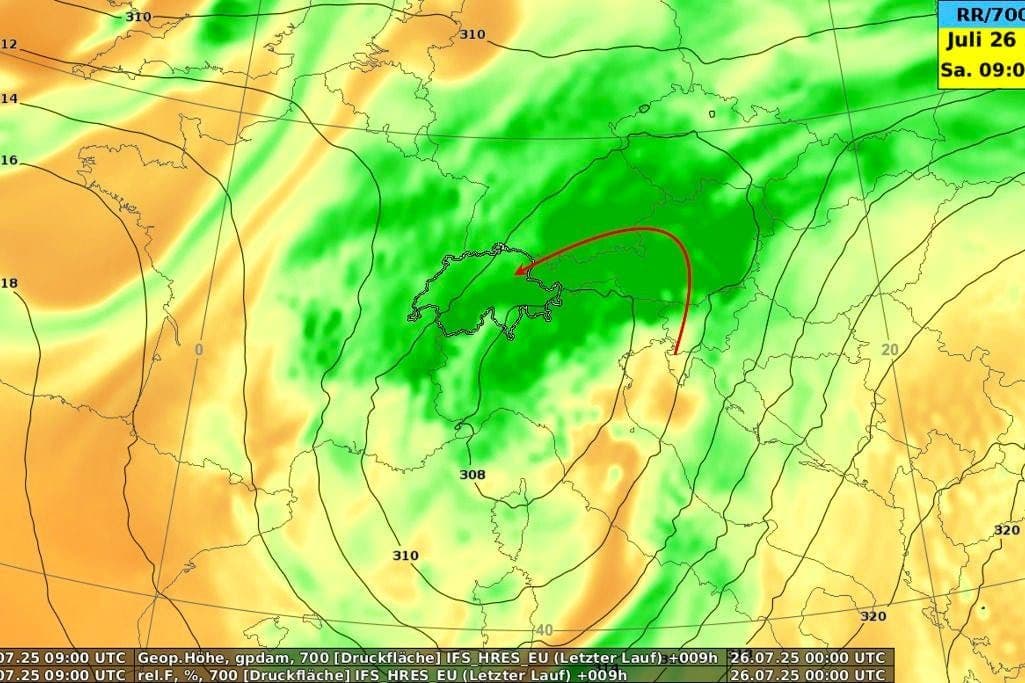
Decoding the Deluge: What's Driving Switzerland's Unsettled Weather
Understanding the 'why' behind this prolonged period of extreme weather requires a look at the atmospheric mechanics at play. , the national weather service, points to a crucial factor: an upper-level low-pressure system positioned over . This system acts like a giant conveyor belt, shoveling moist air from the northeast directly towards the . The unique topography of the Alpine north face then plays a critical role. Even slight warming at ground level is enough to cause these moist air parcels to rise, cool, condense, and form clouds, leading to persistent and heavy showers. This 'lifting' effect, combined with the continuous supply of humid air, creates an ideal recipe for the sustained, heavy rainfall we're witnessing. Furthermore, the pre-existing saturation of the ground, as mentioned earlier, means that any additional rainfall has nowhere to go but to contribute to runoff, intensifying the risk of new mudslides and widespread flooding. This intricate interplay of high-altitude lows and localized thermal dynamics is rewriting Switzerland's weather script.
Building Resilience: Adapting to Alpine Climate Shifts
As Switzerland grapples with these unprecedented summer conditions, the focus inevitably shifts from immediate response to long-term resilience. The current 'Unwetter' serves as a critical case study in the nation's evolving climate narrative, highlighting the urgent need for adaptation. While immediate warnings to avoid dangerous areas like riverbanks and steep slopes are crucial for public safety, the broader implications for infrastructure and outdoor experiences demand strategic foresight. Communities in regions particularly affected by rising water levels and potential landslides, such as or , must consider enhanced flood protection and early warning systems. This isn't just about reinforcing existing structures; it's about re-evaluating building codes, land-use planning, and even the traditional timing of outdoor tourism. Switzerland's ability to adapt to these increasingly frequent and intense weather anomalies will define its future, demanding innovative solutions and a collective commitment to living with a climate that is demonstrably shifting.
Related Articles
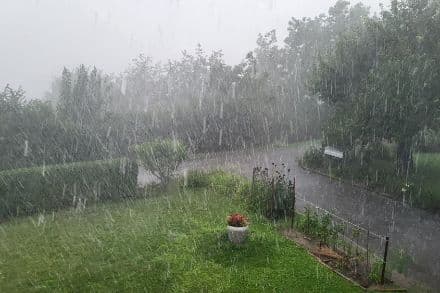
Switzerland's Wet Awakening: Unpacking a Weekend of Torrential Alpine Fury

Switzerland's Wet Awakening: Unpacking a Weekend of Torrential Alpine Fury

Alpine Fury Unleashed: Navigating Switzerland's Extreme Weather Resilience

Alpine Fury Unleashed: Navigating Switzerland's Extreme Weather Resilience
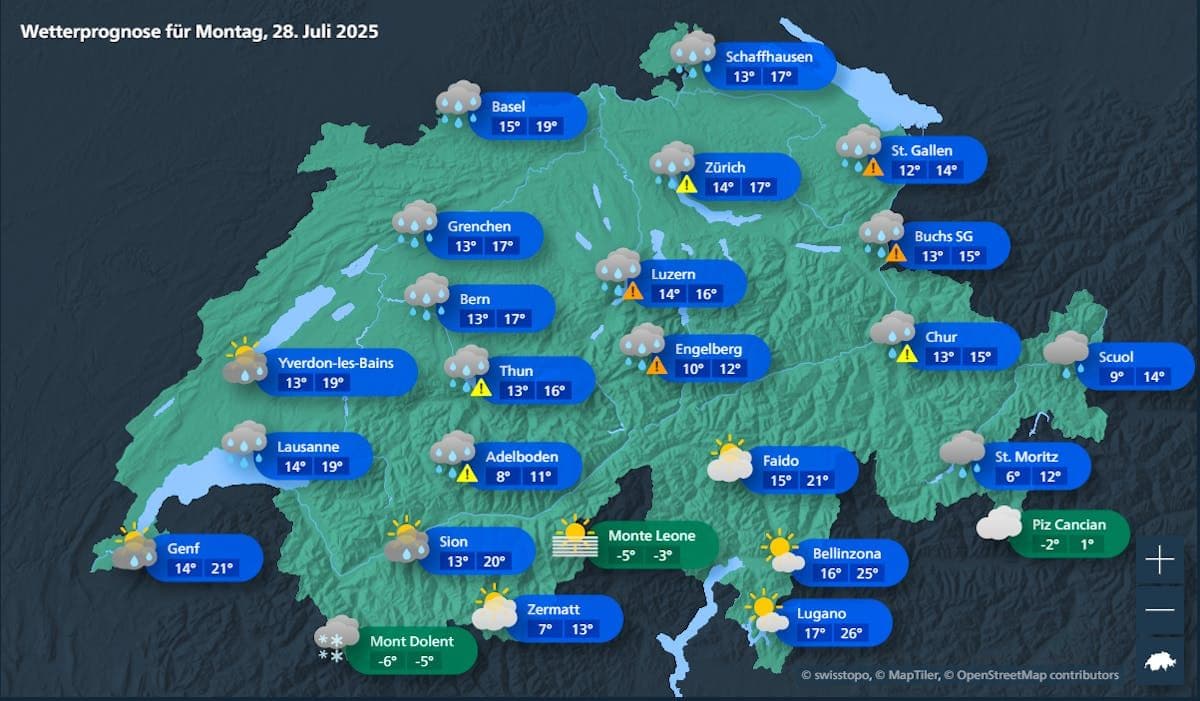
Alpine Anomaly: Switzerland's Unexpected Return to Winter Amidst Summer

Alpine Anomaly: Switzerland's Unexpected Return to Winter Amidst Summer
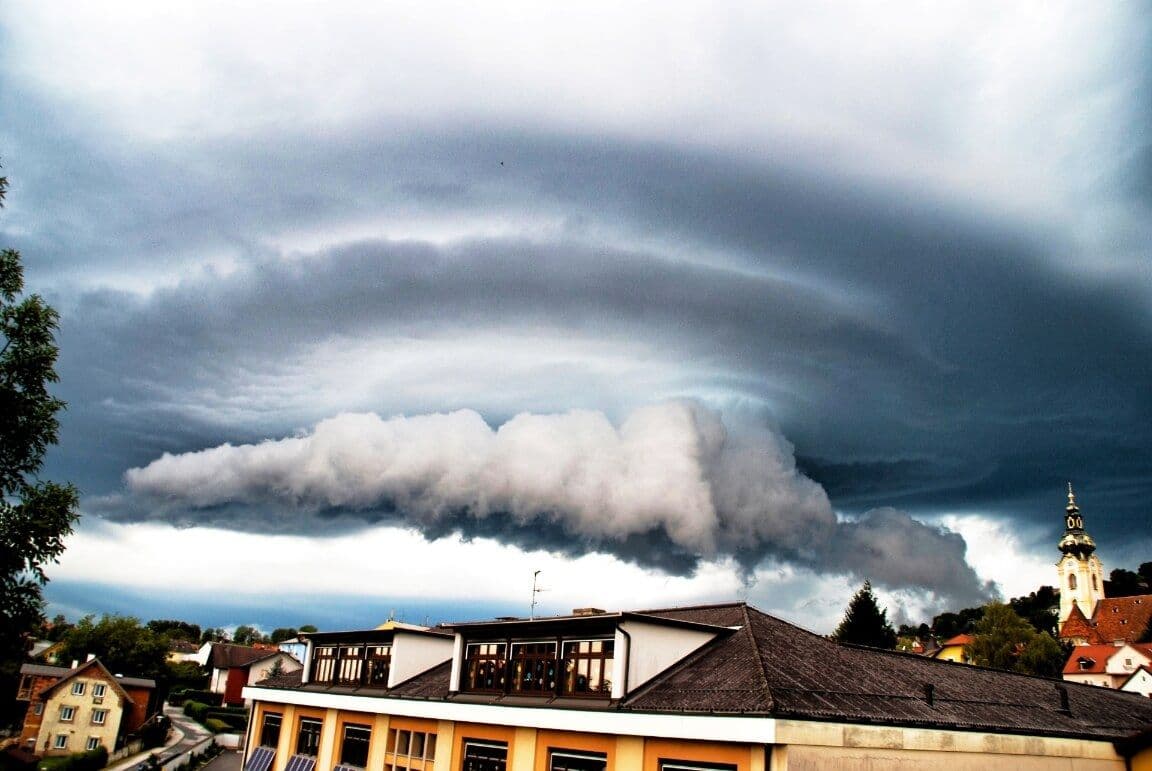
When the Sky Turns Stone: Decoding Austria's Escalating Hail Threat
